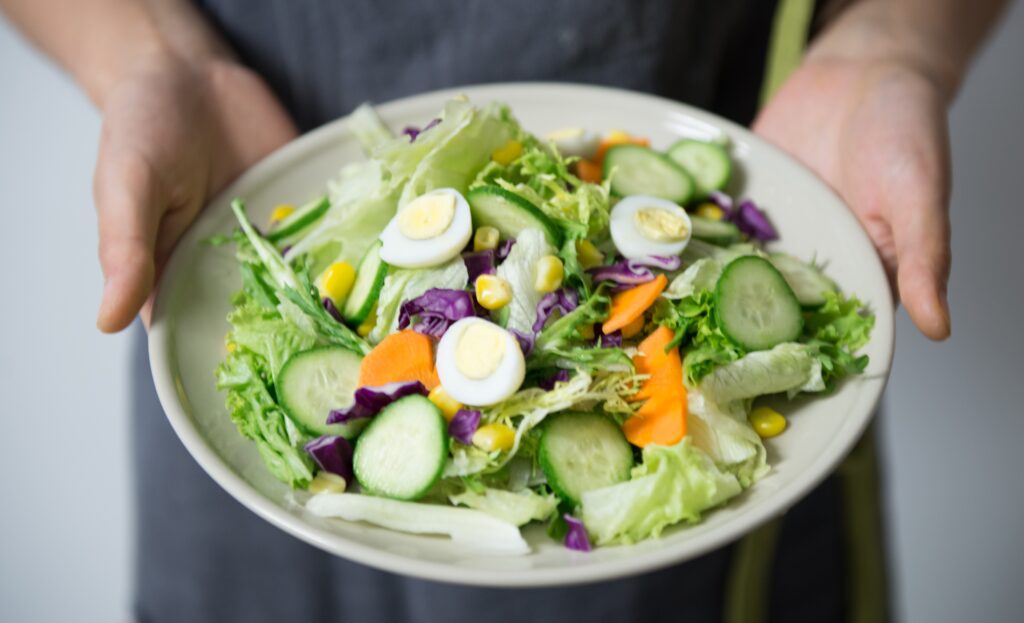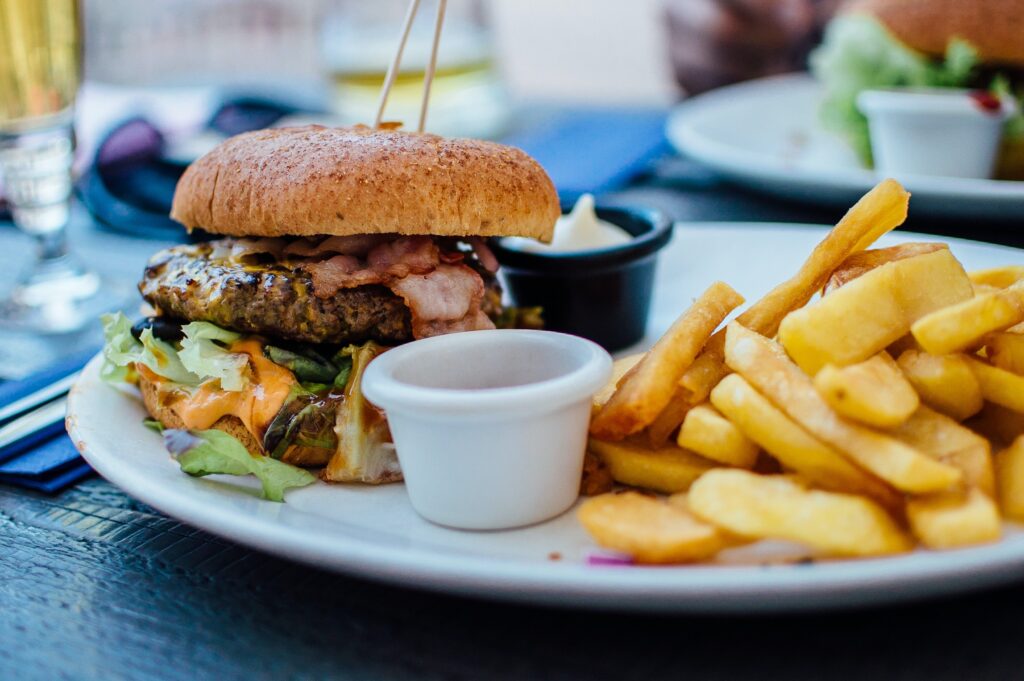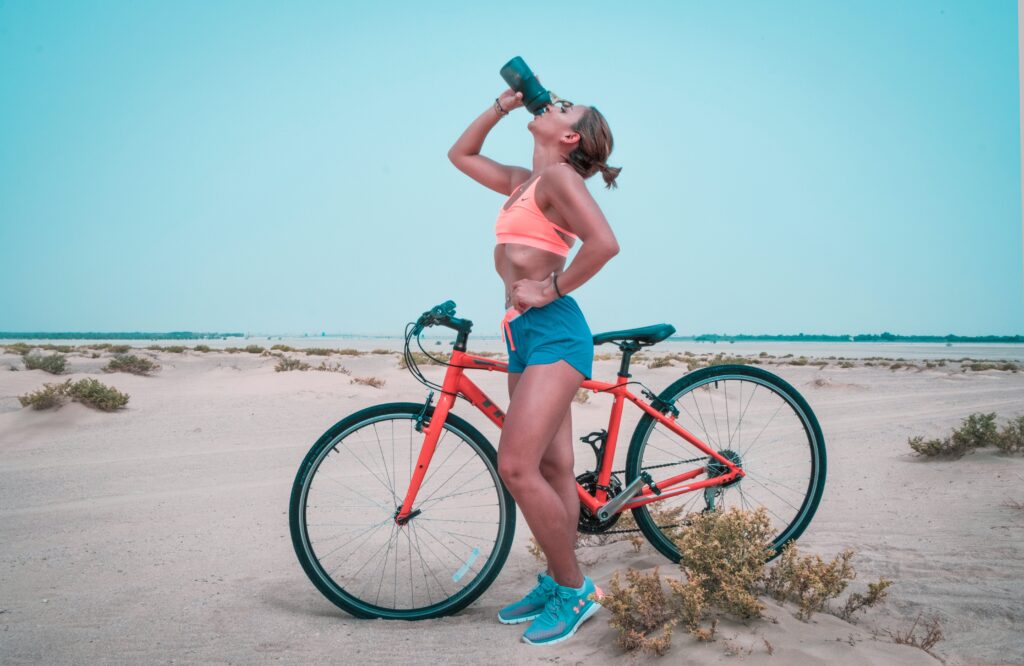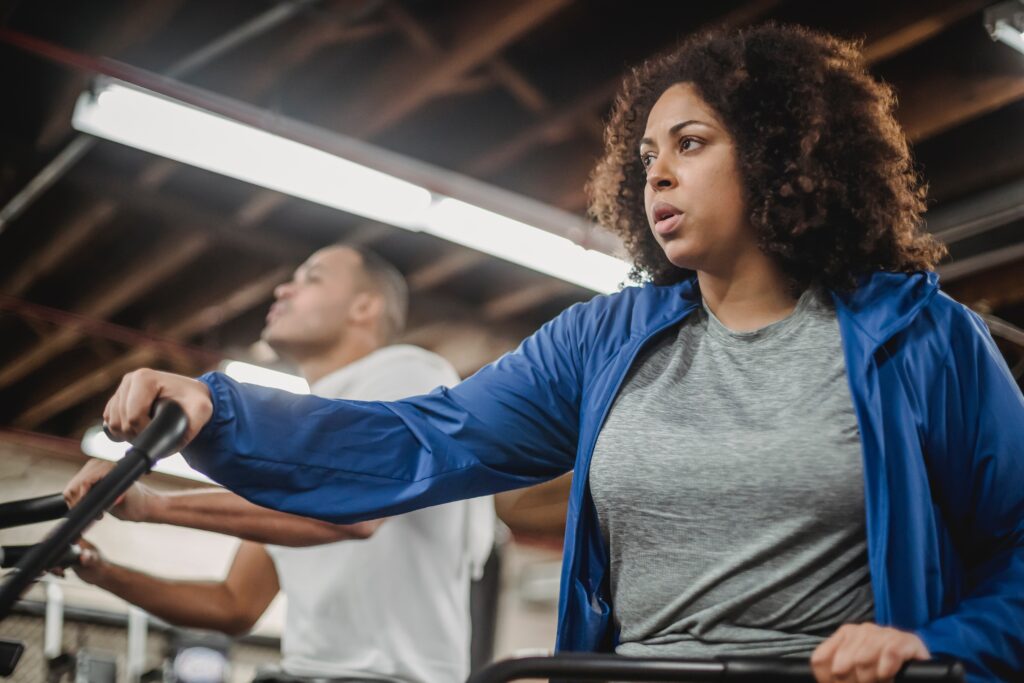Whether you plan to race, concentrate on sportives, attempt your first-century ride, or simply want to improve as a rider, all three are essential elements. You’ll also need strong resolve, the ability to concentrate and follow through on a plan, and a fair base level of fitness.
But in the end, it will all be worthwhile because of the enormous satisfaction that comes from reaping the benefits of your labor, not to mention the warm glow left over from a challenging training session as you move closer to your objective. There are no genuine fast cuts to increasing your endurance; it takes countless hours on the bike over time.
However, if your training is more targeted, intelligent, and effective, You won’t need to spend a lot of time slogging out the miles if you’re prepared to push yourself. You may increase your strength as a rider in a variety of ways, both on and off the bike. But consider your objectives and ambitions before you go to the gym.
Your strength training will be different from a cyclist who simply wants to finish their first-century sportive if you’re wanting to enhance your sprint and routinely compete. Even though I’ve stopped racing, I still practice my core strength every day. It has undoubtedly changed, especially in terms of my riding steadiness and capacity to generate power when seated.
Every cyclist aspires to move more quickly. From a club rider in their neighborhood time trial to Mark Cavendish. Additionally, improvements can be made with effort and application. Once more, if you’re short on time, try incorporating three or four one-minute efforts into your lengthier rides.
Ride as hard as you can for a minute on a level stretch of road (after a decent warm-up), then ease off, spin your legs, and continue. As you become fitter, you will be able to add more to your bike, but for the best results, take at least 5 to 10 minutes to recover before repeating the exertion.
1. Eat breakfast before your ride.

Even starting with a full supply of glycogen does not ensure that you will have the maximum amount of endurance. You should eat a meal of carbohydrates, protein, and fat the morning of the ride, two to three hours before departure. If you eat too soon, say one hour before, your endurance will decline rather than increase. So either wake up early or have a drink high in carbohydrates before you start riding.
2. You should consume more carbohydrates.

Before long rides, you should have one or two days where you make sure to eat carbohydrate-rich foods every three hours and drink enough water with each meal to increase your endurance. You can stock up on muscle glycogen thanks to this carbo-loading, but only if your bike is very gentle on these days. Glycogen is not maximized by carbo-loading but by hammering short, sharp rides because you feel fantastic.
3. Consider your fuel.

You must utilize your internal resources to the fullest to develop truly strong endurance. These include triglycerides (fats) stored in the muscles, glycogen (carbohydrate) in the muscles and liver, glucose in the blood, and the body’s most significant fuel reserve, body fat.
Which of these fuel tanks is therefore most in charge of keeping you on the road? You won’t need to get off the bike due to a lack of oxygen, lactic acid overload, or a lack of lipids. Instead, what will halt you in your tracks is running out of muscle glycogen, low liver glycogen, or low blood glucose levels. These three or any one of them will result in the dreaded “bonk,” “wall,” or “the knock.”
4. Stay hydrated the entire ride.

Plan for 200 to 400 calories in liquid or solid form, but make sure they settle well in your stomach by testing them out on training rides before the big event. If you are certain that your levels are high, you can begin a ride without eating. However, you must eat regularly every 20 minutes to avoid crashing after skipping one or two feeds. During the ride, aim for about 60 grams of carbohydrates every hour.
According to American researchers, drinking 15g of honey or glucose every 10 miles during a 64-kilometer bike enhances performance more than just drinking water. Riders who consumed high glycaemic glucose and low glycaemic honey arrived home 2.75 minutes sooner than riders who merely drank water.
They also produced an additional almost 40 watts of energy over the final 10 miles. This study is especially for you if you frequently get dropped off after rides and have been riding on water alone.
5. Get your body prepared for endurance

Start frequent riding in the weeks or months before to improve your body’s fitness and ability to use its fat reserves. This will help you get the most out of your body.
Fit riders utilize more fats and are better at extending their carbohydrate supplies. Use this straightforward reminder of what improves your fitness: A B C. That is four to six hours of aerobic riding per week, up to two hours of breakfast-free riding to improve your body’s ability to burn fat and consistency.
You can learn how to make your body last longer. Be careful if you do tend to overextend yourself, lose drive as a result, ride yourself into disease, or feel like the only person who never seems to advance. Almost everybody can increase their endurance and travel at least 100 miles. You can still complete the distance even if you don’t break any records along the way.
You may increase your endurance and make better use of fats by riding frequently. The idea is to set a greater target every second or third week as your longest rides get longer. By putting your body and mind in new time zones, you can feel the challenges that new vistas pose in terms of food, pace, and exhaustion. Choose riding partners who have equal or greater endurance levels, and ride close together so you can support one another.

